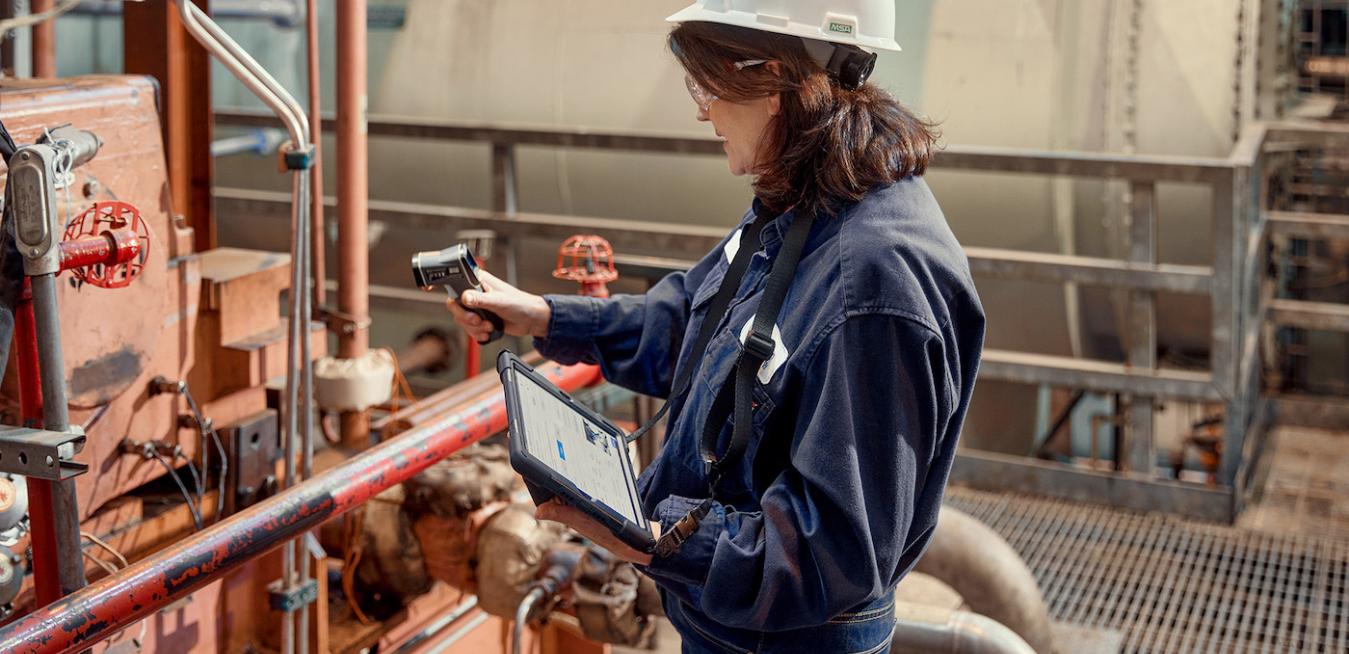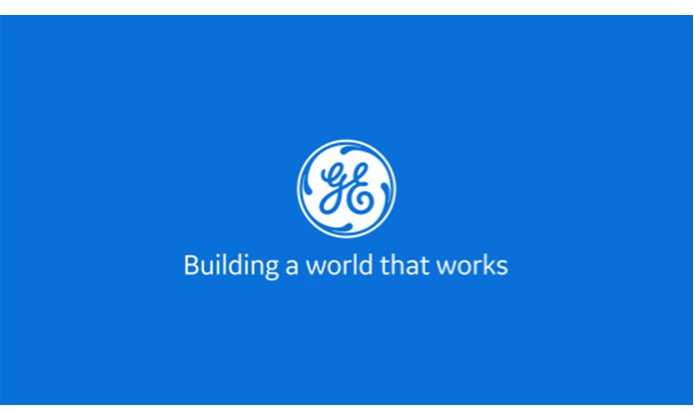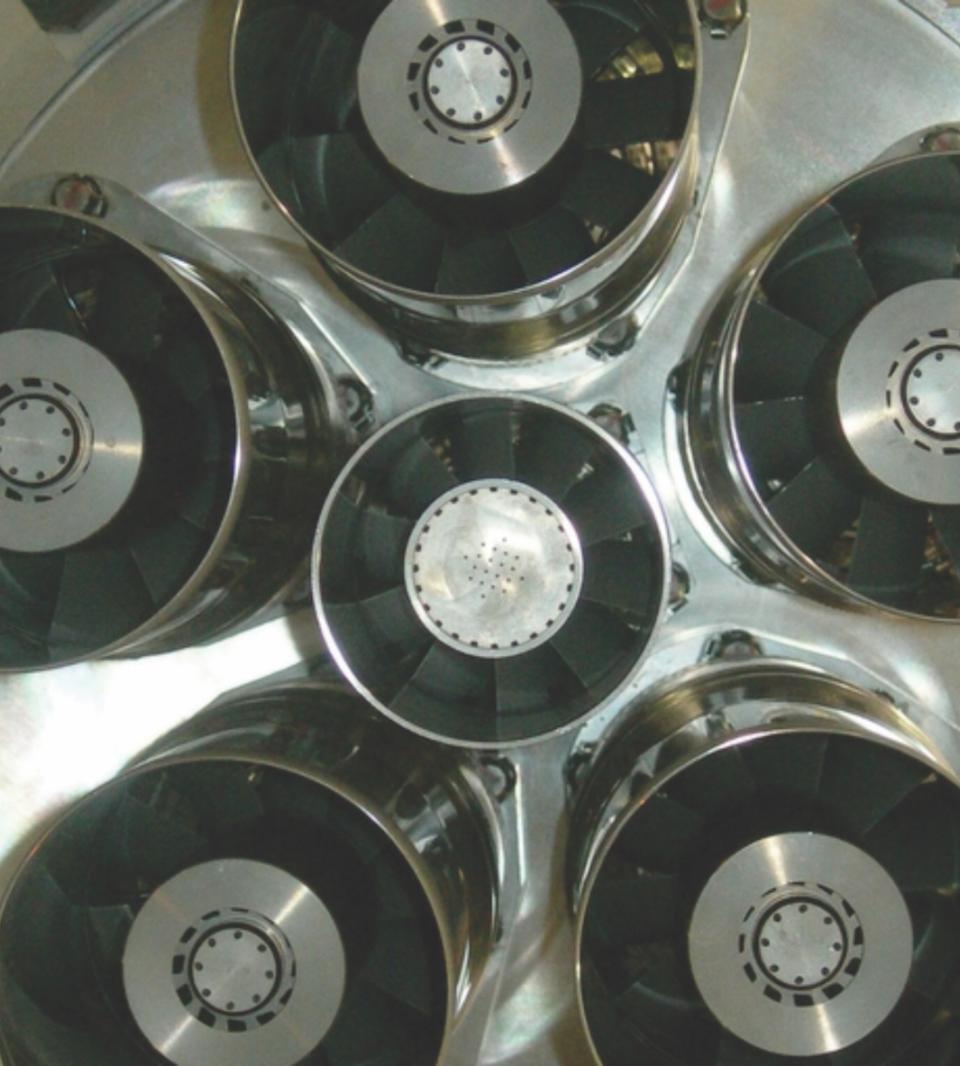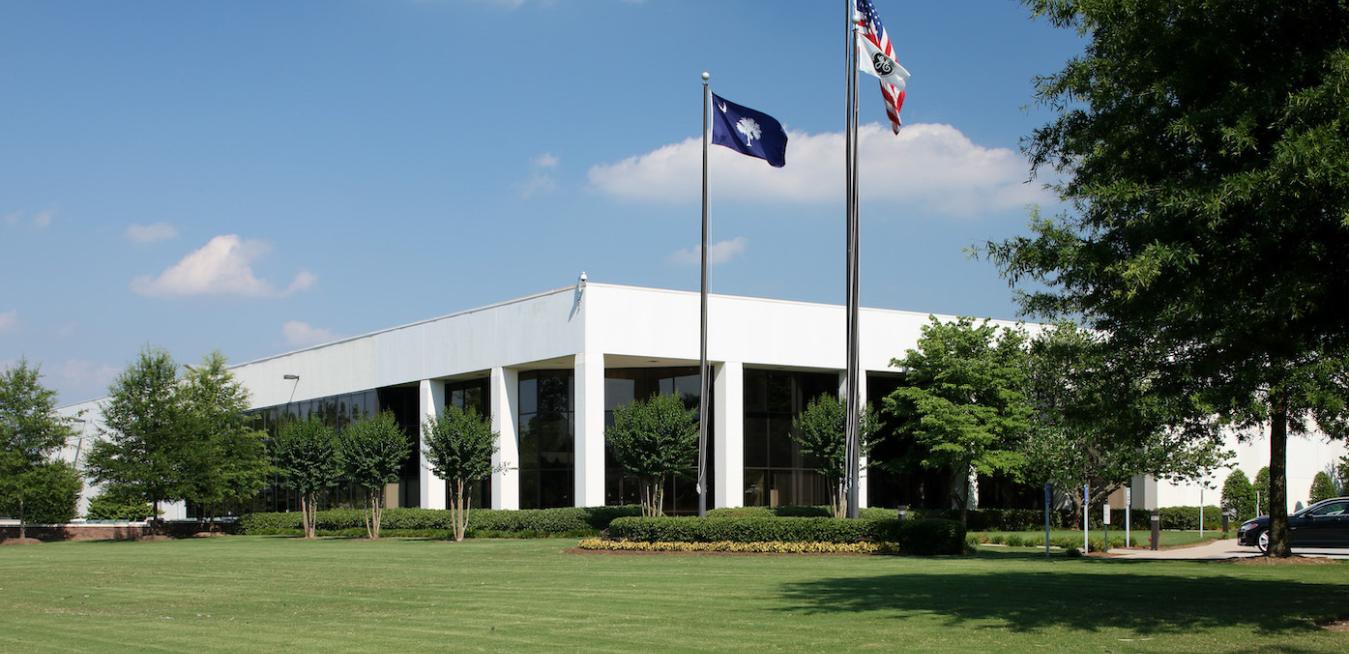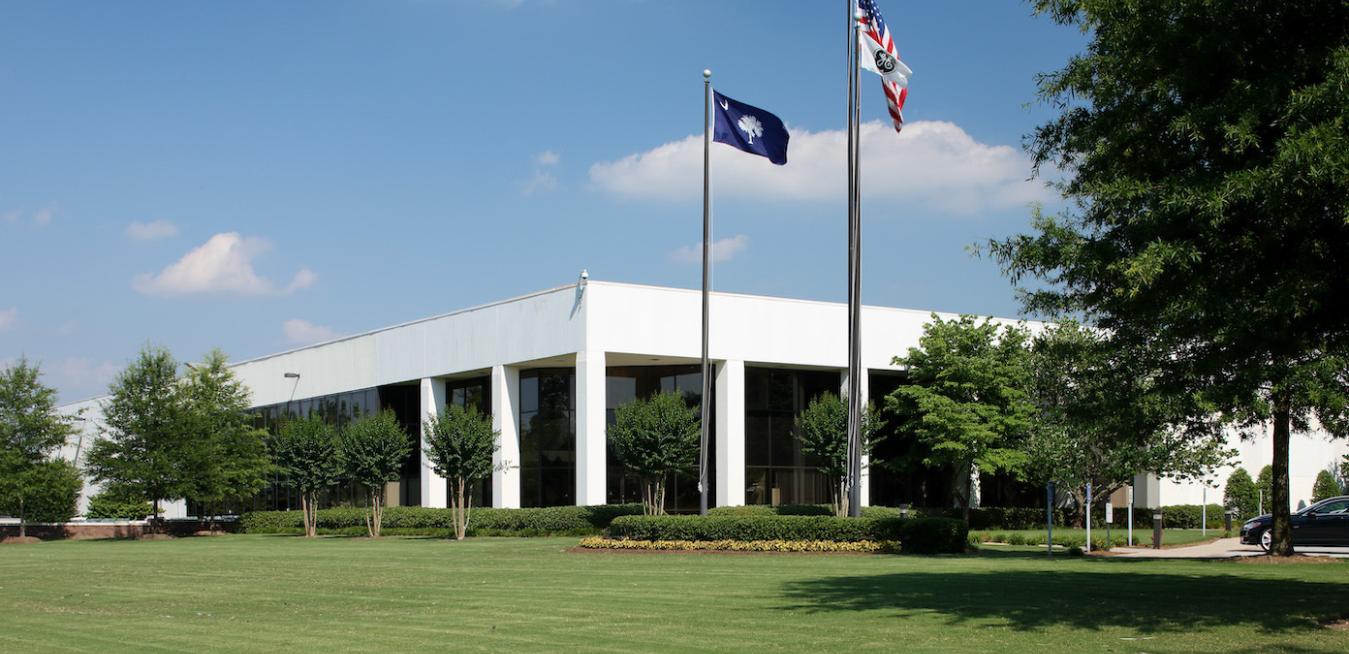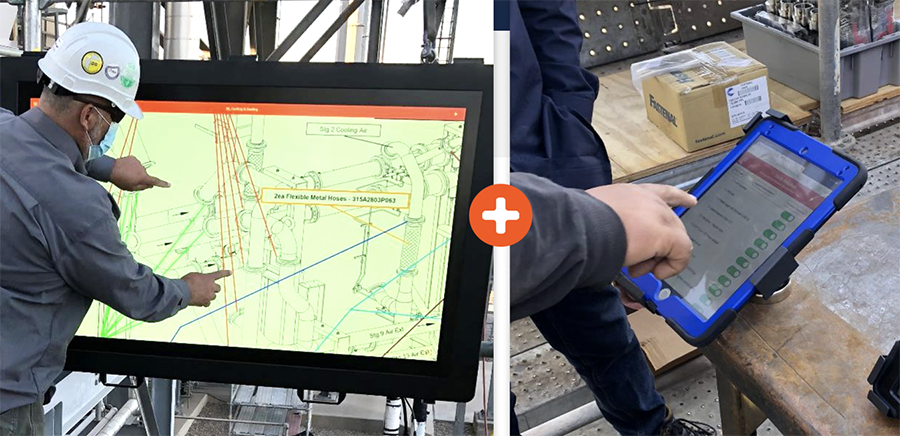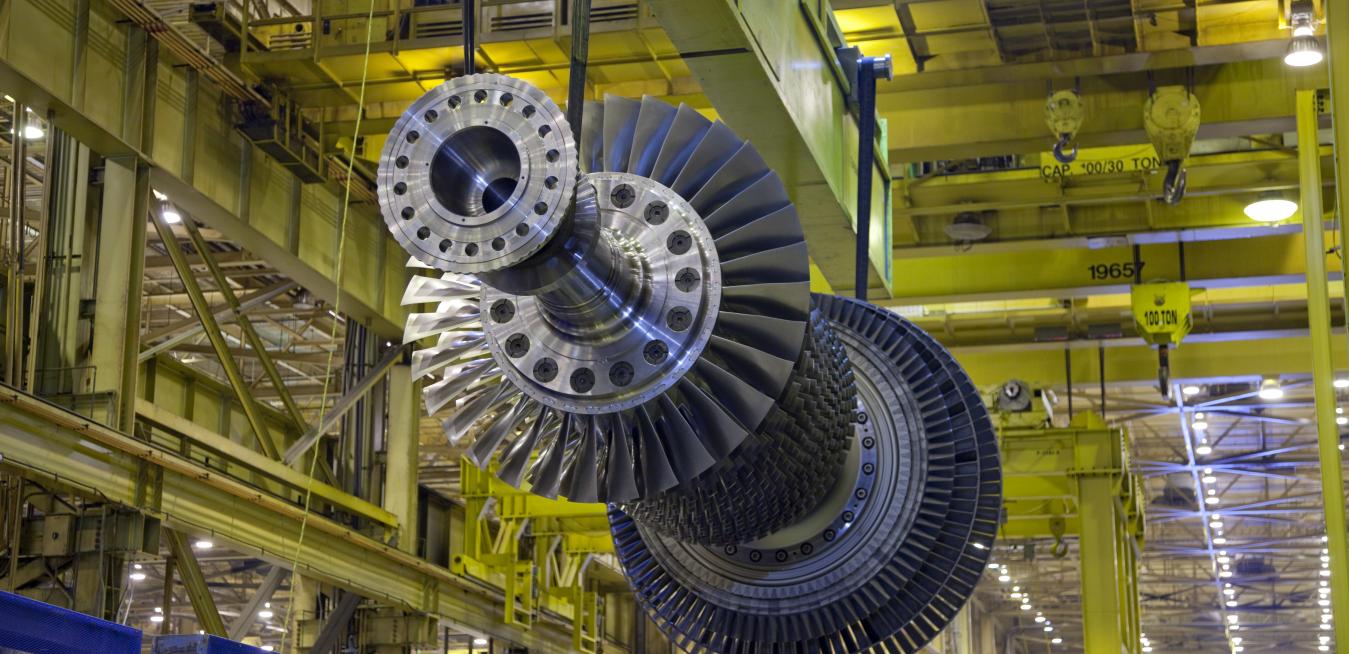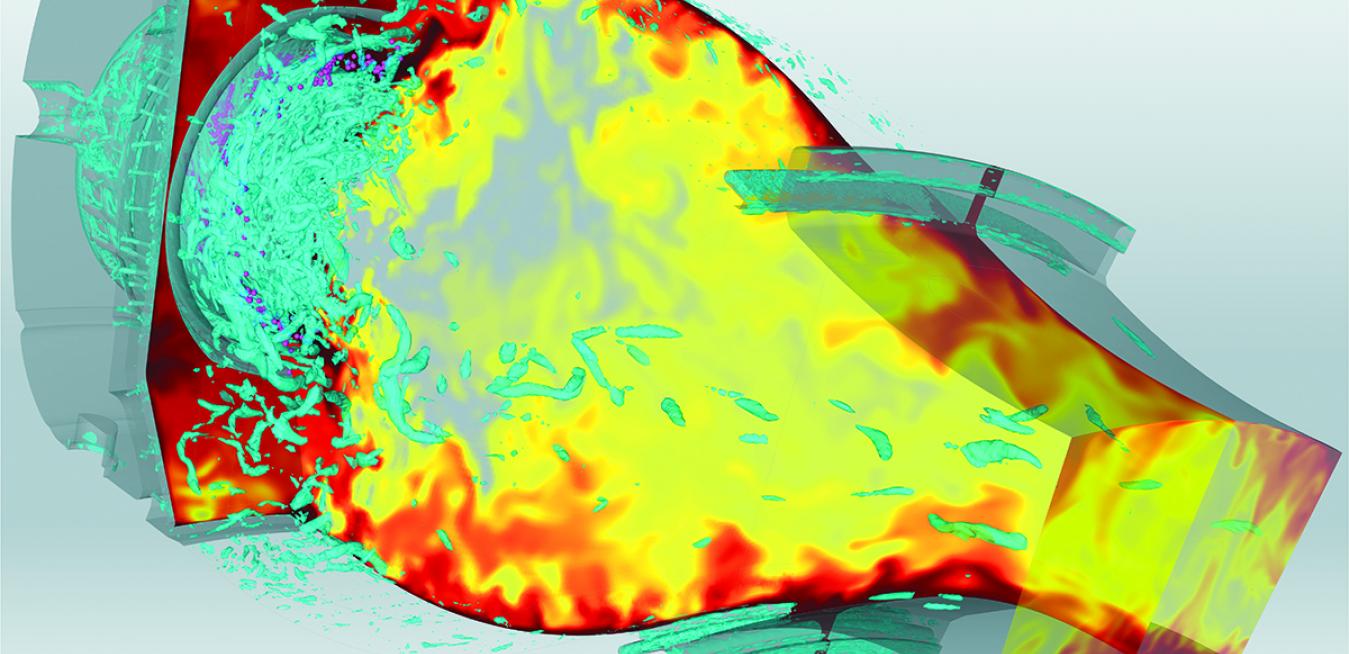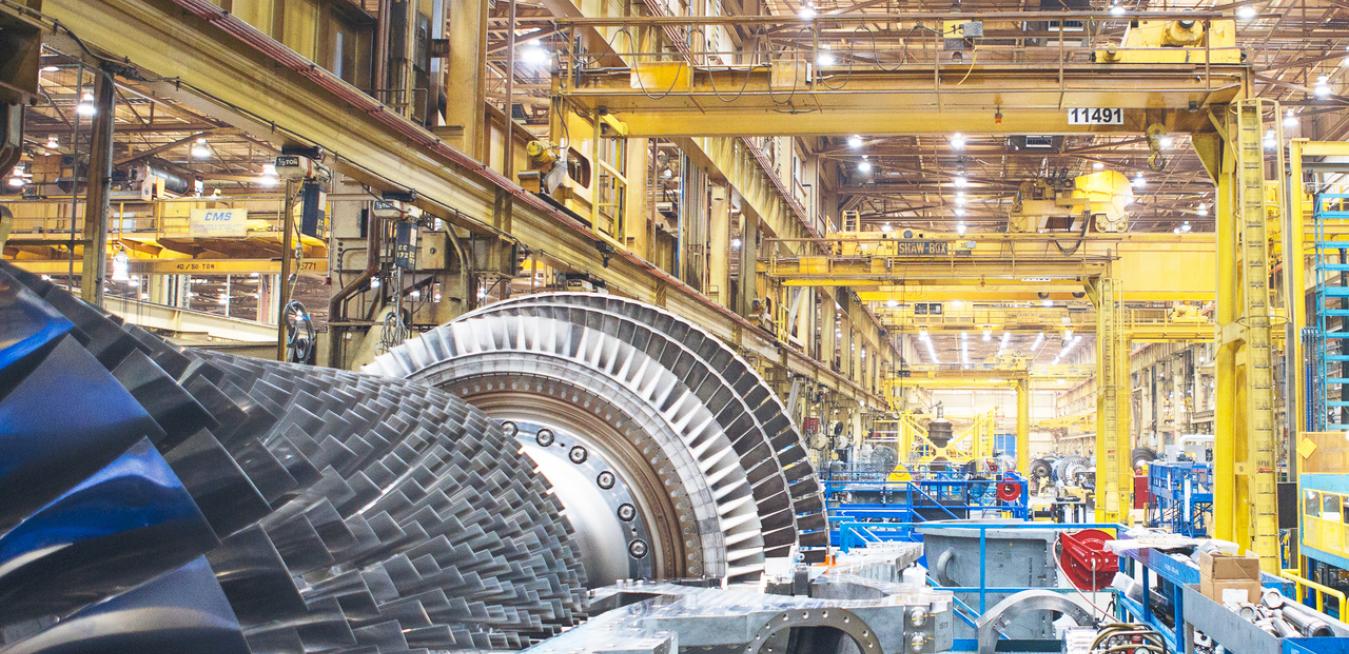- GE researchers developing an artificial intelligence (AI) and machine learning (ML)- enabled inverse design framework that allows performance metrics to create more optimized designs for industrial gas turbine (IGT) aerodynamic components
- Project aims to achieve a 30-50% reduction in design cycle times, or from 1 year to a few months
- Partnered with University of Notre Dame and GE Gas Power on the project
- Emerging digital toolset will help push combined cycle
business unit
tags
One day in March, Walid Kodia and his team got an alert about a possible problem in one of the power plants he helps oversee at Tunisia’s state-owned electricity and gas utility, Société Tunisienne de l'Electricité et du Gaz (STEG). Gas turbines, which provide most of the power to STEG, are complicated machines that have an array of sensors to tell their operators when something’s off. This alert came from software running at GE Power’s monitoring and diagnostics center in Atlanta, staffed by engineers and data analysts.
Natural gas seized a big growth opportunity this past decade when coal growth in power systems started to falter. Since 2011, the use of natural gas to produce electricity globally has expanded by an enormous 32%, more than twice the rate of coal growth, according to BP Statistical Review. GE’s most advanced gas turbines produce less than one-third the carbon emissions of coal-fired power plants of the same capacity.
Wind and solar have grown so fast in the past decade that they now generate more electricity globally than nuclear power. But all that clean energy needs a support structure to balance out the hours when the wind doesn’t spin the blades and the sun turns down for the night. One way to support wind and solar growth is through simple-cycle natural gas turbines. Smaller, mobile, and modular, these turbines — often referred to as “aeroderivative” because they are derived from jet engine technology — don’t need to be housed in traditional stationary natural gas plants.
Utilities around the world have been using turbines fueled by natural gas to generate electricity for decades. Power companies have long been drawn to their greater efficiency over earlier forms of electric generation, and their ability to power homes with fewer carbon emissions.
The 1980s are back in fashion, according to Harper’s Bazaar, but in some corners of industry, they never left. “Nobody’s wearing big hair and shoulder pads, but it’s all very pencil and paper,” says Jeremiah Smedra, an operations director at FieldCore, GE’s field services company. Smedra is talking about maintenance workers trudging into power plants with thick binders filled with drawings and instructions to make sure outages are performed according to plan.
Don Brandt has always been fascinated by what makes machines tick. He worked as an apprentice in a machine shop after he graduated high school in 1949. In the U.S. Marine Corps during the Korean War, he drove himself crazy trying to fix a fleet of wonky tanks. “There was something wrong with those tanks that I just didn’t understand at the time,” Brandt says, a trace of frustration still lingering in his voice today.
